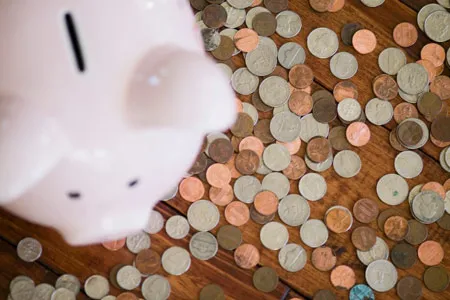There’s more than one way to make your money work for you. From DIY projects to quick fixes, loose change can be a handy tool in unexpected ways. In this guide, we’ll explore 10 creative and practical uses for coins that go beyond their monetary value, demonstrating how you can repurpose these everyday objects for various household tasks.
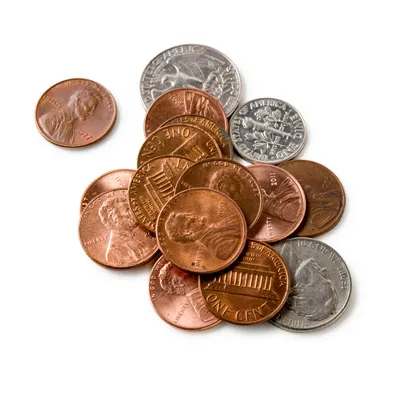
1. Hang a Cabinet Door With Coins
Cabinet doors need proper clearance for smooth operation. A simple nickel can be an invaluable tool in this process. Before fastening the hinges to a cabinet, place a nickel along the bottom edge of the door. This creates just enough space for the door to swing freely without scraping against the cabinet frame. The thickness of a nickel provides the perfect gap for your cabinet doors.
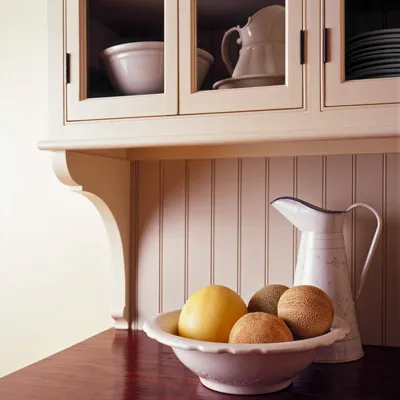
2. Tighten a Screw Using a Coin
In a pinch, a dime can serve as a substitute for a flathead screwdriver. The edge of a dime fits perfectly into the slot of a standard slotted screw, allowing you to tighten or loosen it with ease. This trick is particularly useful when you’re in a tight spot without your toolbox handy. While this method works well for minor adjustments, it’s best to use a proper screwdriver for more demanding tasks to avoid stripping the screw or damaging the coin.
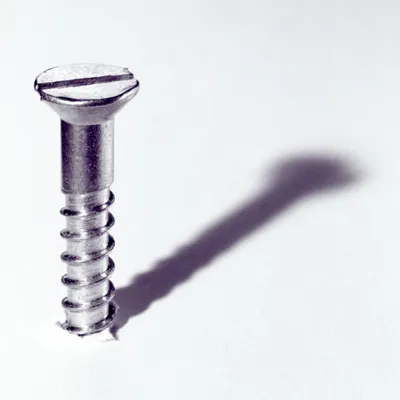
A dime’s convenience doesn’t end there. Because of its small size, a dime can also help with delicate tasks in tight spaces. For example, if you ever need to open the battery compartment of a small electronic device, the fine edge of a dime is precise enough to use without harming the device.
3. Use coins to Space Tile
A professional-looking finish in any tiling project requires even spacing between tiles. Pennies can serve as makeshift tile spacers if you don’t have any proper ones. All you have to do is place the pennies on end between the corners of each tile as you set them. The uniform thickness of pennies provides consistent spacing throughout your project. Once the adhesive dries, you can remove the pennies and enjoy evenly spaced tiles. This method is particularly useful for DIY enthusiasts working on small tiling projects without specialized equipment.
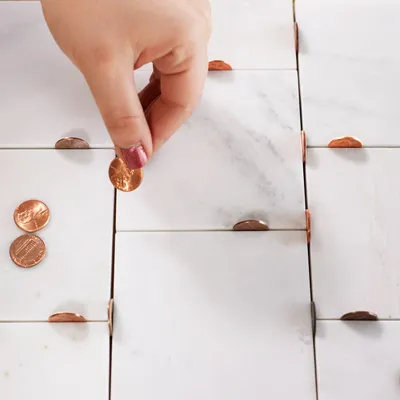
4. Temporarily Fix a Wobble With a Coin
A wobbly table can be a constant annoyance, but coins offer an easy temporary solution. Place one or two coins under the short leg of an unsteady table to level it out. This simple fix can stabilize your furniture until you have time for a more permanent solution. While not a long-term fix, this method works when you need immediate stability, especially in situations like outdoor events or temporary setups where a wobbly table could cause spills or accidents.
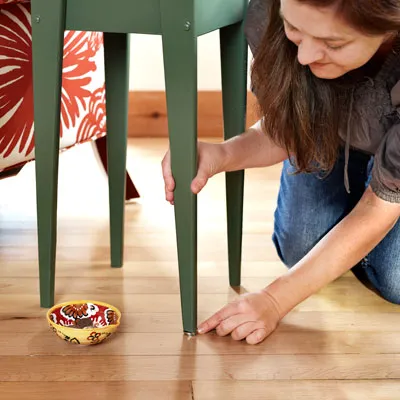
5. Straighten Drapes by Using a Coin
Uneven drapes can detract from the overall appearance of a room. Instead of purchasing expensive drapery weights, consider using pennies as a budget-friendly alternative. The added weight also helps the fabric fall more naturally. Tuck a few pennies inside the bottom hem of your curtains to add weight and encourage them to hang evenly. The subtlety of using coins also ensures that the solution remains hidden. You may also appreciate the flexibility of adjusting the number of pennies to achieve the desired weight. This simple trick can improve the look of your window treatments without breaking the bank.

6. Use a Coin to Make a Doorstop
Creating a custom doorstop is a practical way to repurpose your spare change. Fill a small canvas bag or any small, durable container with a few handfuls of pennies. Tie the bag closed with a colorful ribbon or twine for a decorative touch. You can also customize the homemade doorstop to match your decor.
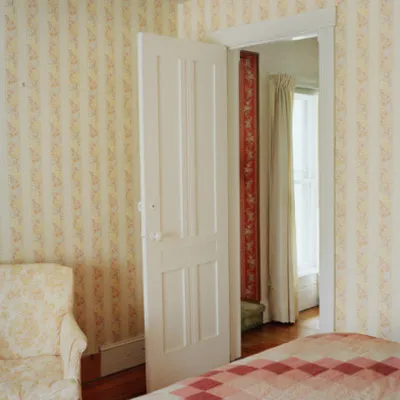
7. Test Tire Treads With a Coin
A quarter can serve as a simple tool for checking tire tread depth. Place a quarter upside down in one of the tire’s grooves. If the top of George Washington’s head is just visible, it means that the tread depth is approximately 1/8 inch. This measurement suggests that it’s probably time to consider replacing your tires. Regular tire checks using this method can help maintain your vehicle’s safety and performance on the road. Beyond safety, this simple test can also be a preventive measure against costly damages and extend the life of your tires.
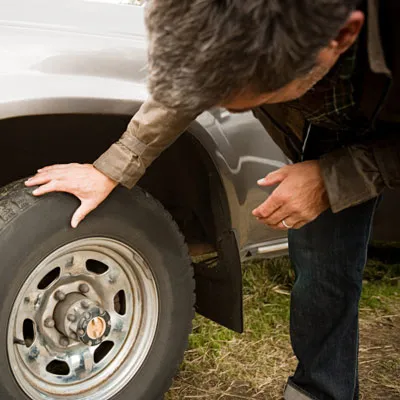
8. Pop a Top Using a Coin
A quarter can be a handy tool for prying open snap-on lids of plastic containers, such as those used for epoxy, patching compound, or drywall. Slip the edge of a quarter under the rim of the lid and use it as a lever to pop the top off. This method provides extra leverage without risking damage to your fingernails or the container itself. It’s particularly useful for containers sealed tightly or those that have become stuck due to their contents. In addition to plastic containers, a quarter can also assist in opening tightly closed jars or tins.
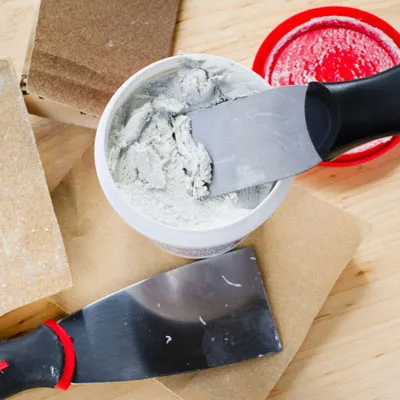
9. Take a Quick Measurement With a Coin
When you need a quick measurement but don’t have a ruler on hand, coins can serve as impromptu measuring tools. A quarter’s diameter is just under 1 inch, while a penny measures exactly 3/4 inch across. These standardized sizes make coins useful for estimating small measurements in various DIY projects or quick household tasks. While not precise enough for detailed work, this method can help you make rough estimates.
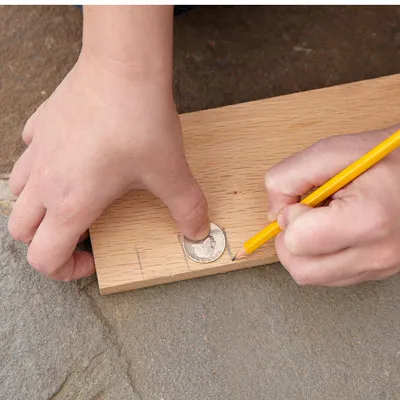
Using coins to measure is also practical for crafting and sewing projects. Whether you need a quick estimation of space for cutting fabric or checking the size of small openings, the consistent size of coins provides a reliable measurement tool.
10. Use a Coin to Fluff Carpet
Heavy furniture can leave indents in carpeting, but coins can help restore the pile. After using steam to loosen the fibers in the indented area, gently scrape the edge of a coin across the pile. This action helps to separate and lift the carpet fibers, encouraging them to stand upright again. The edge of a coin is firm enough to be effective but not so sharp that it risks damaging the carpet. This method can help rejuvenate your carpet’s appearance, especially in high-traffic areas or spots where furniture has moved.
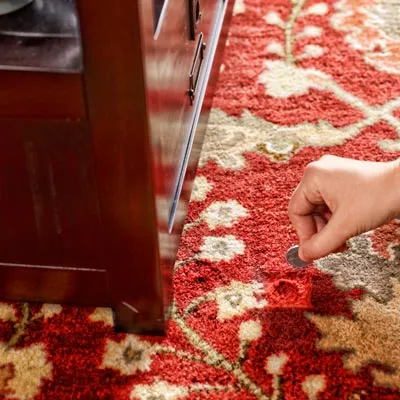
This method also works well for other upholstered surfaces. If fabric-covered cushions or chairs have become compressed over time, you can use a similar technique to restore their shape and appearance.
